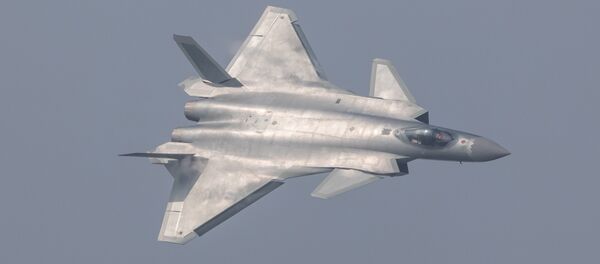Shenyang Aircraft Corporation successfully conducted a Radar Cross-Section (RCS) test for aircraft, according to the official WeChat social media account of Ordnance Industry Science Technology, a Chinese periodical on national defense industries and technologies.
This is the first time China has openly released information confirming its use of the RCS testing technology on stealth fighters.
Military analysts said the article proved that Chinese stealth capability has massively improved, with multiple Chinese military industrial research institutes able to maturely apply the technology to their production of more sophisticated weapons including ships and tanks.
RCS is a measure of how detectable an object is by radar. A larger RCS index indicates that an object is more easily detected by radar.
According to the report, China long ago gained the technology and applied it to the design and manufacture of China's most advanced fifth generation stealth fighter, the J-20.
"The J-20 is built by Chengdu Aircraft Industry Group, and Shenyang Aircraft Corporation is also conducting research and development of another China-made stealth fighter, the FC-31, so the technology is very basic and essential," Song Zhongping, a military expert and TV commentator said.
The RCS index largely depends on the object's size, configuration and materials.
Although the older fighter jets in commission cannot change their aerodynamic configuration, they can reduce their index with a stealth coating, Song noted.
"This means that apart from the J-20, some other aircraft in the Chinese air force also have stealth capability," he said.
Only a few countries in the world have stealth testing capability: the US, Russia and a few EU members can conduct the test, according to the report.
The technology can also be used for navy vessels and armored ground vehicles.
This article was originally written by Yang Sheng and published in Global Times.




